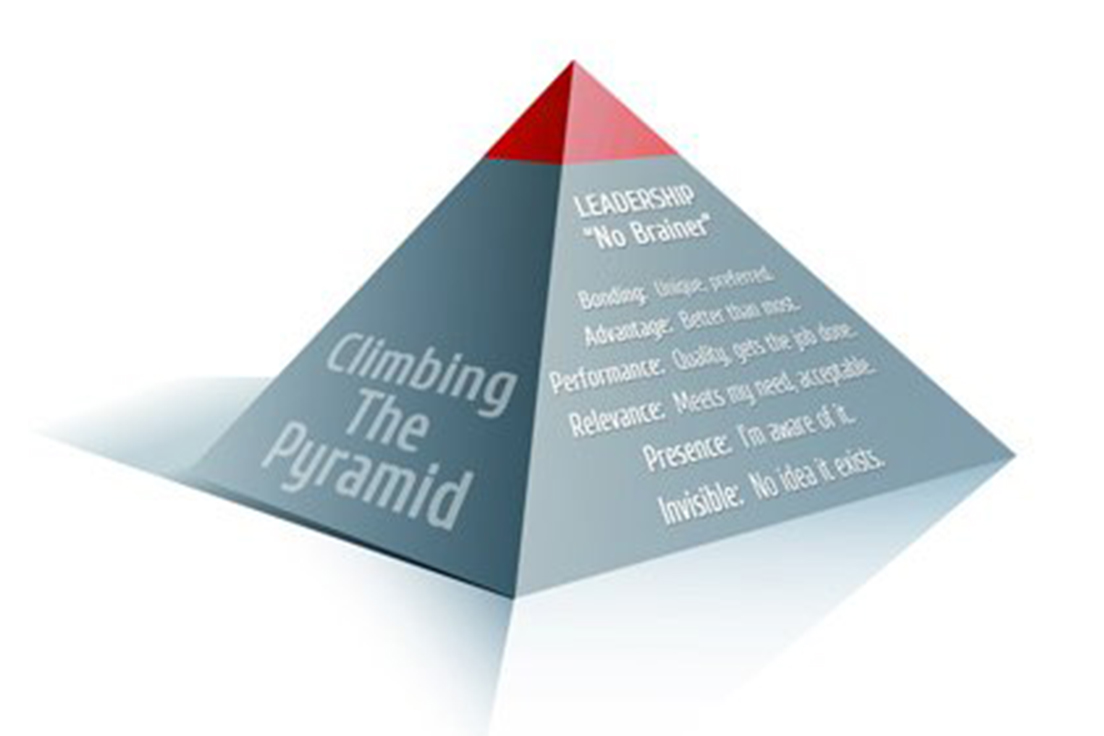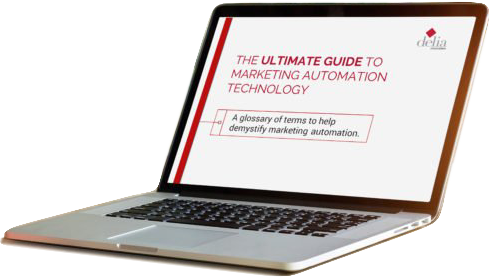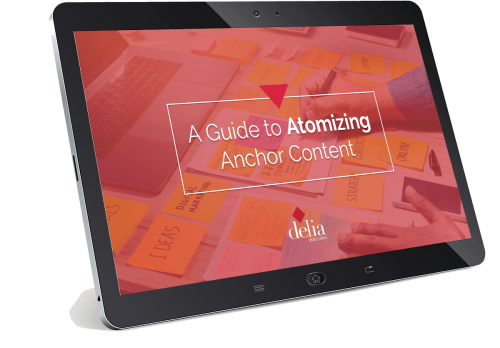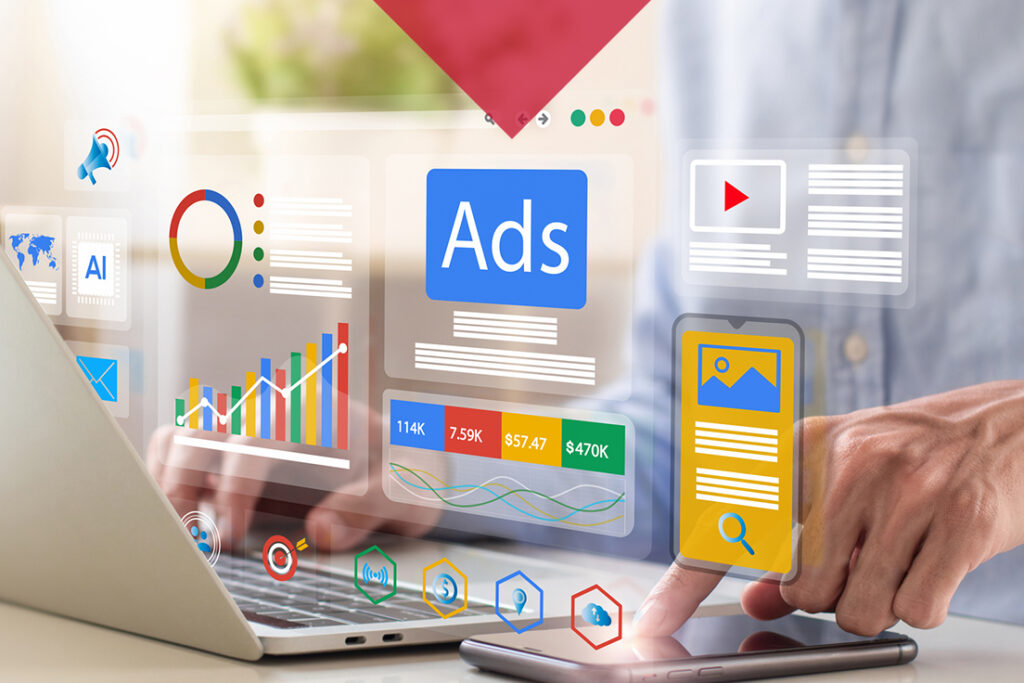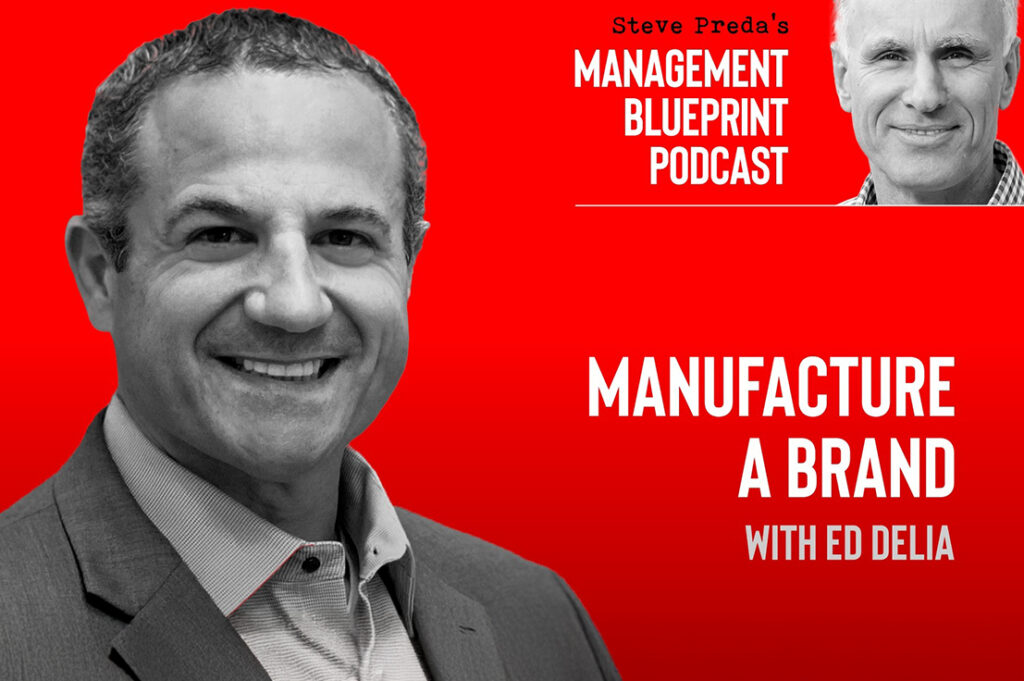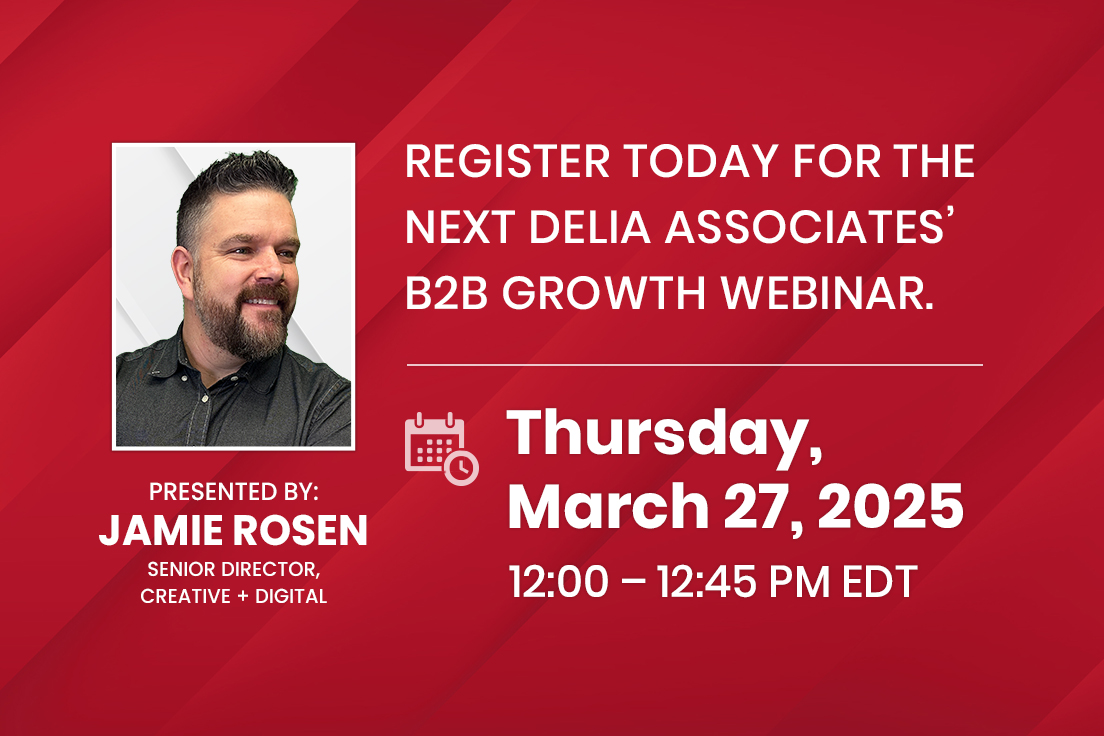While this post is based on our experiences as a provider of branding, re-branding, and marketing services to mid-sized companies, organizations of all sizes will benefit from this advice. Small, but growing companies will gain insights on how to avoid future branding dilemmas as they head to mid-market size. Larger organizations will benefit too from the ability to better understand their supply chain partners, many of which are mid-market entities. And mid-sized companies will gain a new perspective on the importance of branding to their success.
The term “mid-sized company” has been broadly defined as an entity earning anywhere from $5 million to $500 million in annual sales. That’s a heck of a range that includes public and private companies, global entities, regional powerhouses, entrepreneurial organizations, non-profit institutions, family-run businesses, and even corporate divisions. Despite the broad range in dollars, there are a number of branding challenges common to mid-sized organizations. The 11 listed below are the most prevalent, based on Delia Associates’ four decades of experience in brand development and branding services for this broad market category:
1. The Approach to Brand Development is Reactive
Often, an event triggers brand development or re-branding. Signaling comments include, “We have a major trade show coming up. . .” or, “We’re being featured in a major publication and want to place an ad, but we don’t know how to position ourselves.” With neither a plan nor procedures, your company simply “reacts” to opportunities for exposure.
2. Branding Initiatives Lack Accountability (Return on Investment, ROI)
No formal metrics are in place to determine the effectiveness of branding initiatives, which may include advertising, direct marketing, public relations, and web activity. Often, the basis for continuing an initiative resides in gut instinct, and the effectiveness of branding initiatives is weighed after the fact. Without metrics, you can’t tell whether the result was good, bad or average. All you know is that you invested “X,” the sales result was “Y,” and in the short term, you’re happy.
3. Re-branding Follow-through is Difficult
Many companies make a series of false marketing starts, or start strong and lose focus, which leads to comments like, “We have a website in development . . .”, or “We’re working on a new corporate brochure . . .” The senior executive may be too involved in the process, or the project may have been delegated to an unqualified staff person. I’ve had a number of great interns at Delia Associates, some of whom I hired, and others who have moved on to promising marketing careers elsewhere. No matter how bright these individuals were, they were not qualified to develop and deliver a company’s online brand single-handedly, and it would have been unwise to expect them to do so.
4. They Have the “Who Are We Today” Syndrome
If you haven’t constructed a core brand foundation, each branding initiative represents a “re-invention of the wheel” that requires rethinking your company’s position, key values, image and core focus. What should be a simple new product announcement turns into a debate about the company’s past, present and future with everyone asking, “Who do we REALLY want to be when we grow up?”
5. The Mentality that the Competition “Stole” the Business Away
We frequently get calls from companies that have lost a major piece of business, often to a direct or emerging competitor. The top executive will complain that the competitor is inferior, yet stole the customer. What companies in these situations fail to realize is that branding has more to do with perception than with reality. If a customer believes a competitor is better than you, it’s true, pure and simple.
6. Thinking “We’re in a Commodity Business” Means Branding is Less Important
Due to competitors using price-cutting tactics essentially to buy market share, perceived value is being driven out of the business. As a result, you may be forced to drop prices or add value simply to hang on to existing business. Meanwhile, branding takes a back seat. In truth, every company, by virtue of its existence, is remarkable in some way. And every industry sector (i.e., custom molded rubber products) has a value curve of companies, from true commodity suppliers to industry innovators. Who do you think is making more money?
7. “Branding Doesn’t Work in Our Industry” – This is Just Nonsense
This statement is often paired with, “Branding is a necessary evil.” These comments are usually spoken by casualties of poorly executed marketing or bad marketing advice. The speakers have been stung once and won’t be stung so easily again. The truth is, branding does work, as evidenced by the success achieved by companies that have reached a reasonable, lead-driving, memorable brand status.
8. Thinking “Everybody Knows Us Already” – Wrong.
Any company in business for ten years or more has name recognition, especially if it services a well-defined industry. The better question is, “What do people THINK about you?” Your customers know you for what you do for them, but they may not know your full range of capabilities, or how to make qualified referrals on your behalf. Your customer contacts may disappear, or customers may simply forget to call you in a time of need.
9. They Have Unrealistic Expectations
“We sent out a mailing and nothing happened.” This common complaint gets back to accountability and ROI. What did you expect from a single mailing? The biggest reason for branding failures is that companies lack the tenacity to stay the course. They bail out prematurely and cite failure. The truth is that it takes, on average, seven brand impressions to get on the radar of a qualified prospect, let alone convert that prospect into a customer.
10. “Nobody Knows Us”
Many organizations place more emphasis on selling than on branding. With a highly capable sales team to drive opportunity, an organization will grow, but that won’t replace the power of branding. If you’re a $10 million company with about 100 key clients, your brand is very important to those 100 customers. But the rest of the world could care less, until you give them a reason to care. Also, I’ve met a number of talented sales professionals in my career. But I have yet to meet one that can simultaneously deliver his or her brand message to thousands of clients and prospects, 24/7/365.
11. It Costs Too Much
Nearly every company we’ve talked to is spending money on its brand. Companies may not be tracking it or considering it a brand investment, but they are investing all the same. Golf outings, client dinners, company gifts, sporadic ads, trade show appearances, presentations, hats, tee-shirts, new brochures, updating the company website—that’s all spending on a brand. What matters most is that you understand how the proper investment in branding or re-branding is going to reduce the amount of future investment on visibility and exponentially increase your effective return on the monies you do spend!
To make the most of marketing investments, you need to start tracking your spending on these activities. Next, determine whether you would be better served by investing differently. If you don’t have a budget, establish one for next year. Business-to-business companies spend an average of 2-3% of annual sales on branding. Business-to-consumer organizations tend to spend 5% or up to 10% if they are in serious growth mode. Retailers spend even more because they rely completely on branding efforts to create selling opportunities. Averages are a good starting point for determining how much you should allocate to branding next year.
